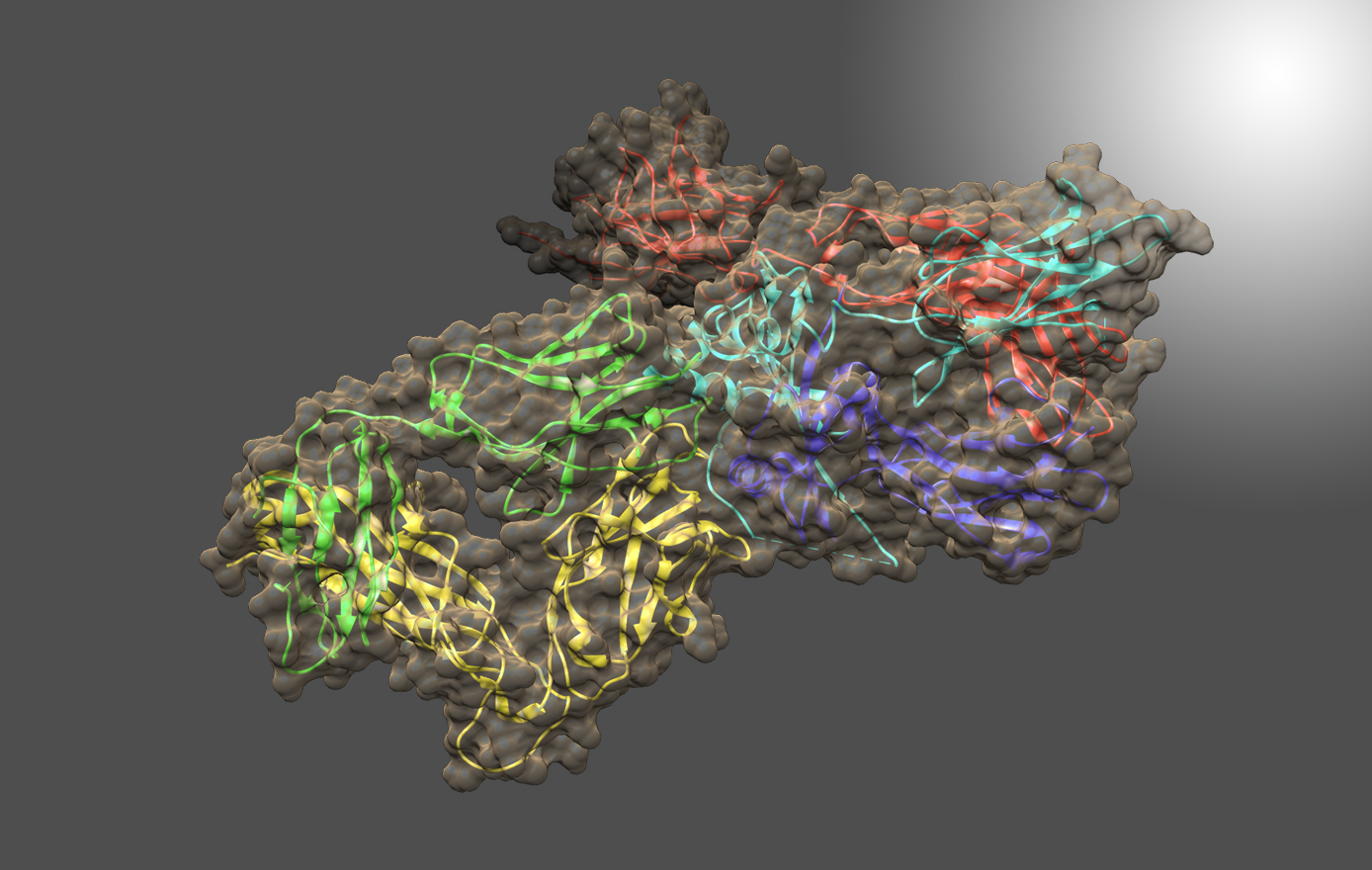Dissertation defense: INVESTIGATION INTO THE ROLE OF UVR8 IN BALANCING GROWTH AND ACCLIMATION TO UV-B RADIATION IN NATURAL AND TRANSGENIC POPULUS VARIANTS
Event Info
Event Details
Research on woody plants offers promise for the development of next-generation biofuel feedstocks with reduced lignin recalcitrance and enhanced saccharification for ethanol production. Natural variants of Populus trichocarpa with diverse lignin content and saccharification differences, and transgenic Populus deltoides constructed for reduced lignin levels for improved cellulose extraction, offer clues to enhance biofuel production but with a tradeoff to overall fitness and biomass. One concern of engineering lignin relates to the protection of plants against environmental stress such as UV-B radiation. Secondary metabolite biosynthesis initiated by UVB, particularly phenylpropanoids (lignin precursors) and flavonoids, plays an important role managing and protection of UV stress. Genetic modifications affecting the production of these compounds may have significant physiological consequences. Thus, the goal of this research was to develop a model for biosynthetic compensation of low-lignin Populus to UV-B stress. The effect of UV-B of poplar was evaluated by spectroscopic and metabolomic measurements on leaves. UV-B promoted shifts in physiological and metabolomic responses of natural and transgenic Populus with varied levels of lignin were complex, reflecting compensation from variety of biosynthetic alterations. Therefore, the impact of modulating the expression of the photoreceptor, UVR8, in regulating the response of Populus to UV-B was pursued. Modulation of UVR8 expression in Populus hybrid 717 was achieved by constructing transgenic plants using CRISPR and RNAi, in wild-type, and an RNAi-constructed cinnamyl alcohol dehydrogenase (CAD) deficient line. The UV-B response of UVR8 modulated Populus indicated that flavonoids are upregulated in UVR8 overexpression lines, and that in a CAD-deficient background, these effects are slightly enhanced. Salicylates were upregulated in UVR8 knockout poplars, indicating increased stress, but little difference was seen relative to wild type plants in CAD lines, and UV-B treatment had little effect. An interesting and unexpected finding was that UVR8 modulated Populus exhibited more rapid growth than wild-type plants. The findings underscore the key role of UVR8 in synchronizing protective metabolic responses to UV-B, and suggest an additional function of the photoreceptor in regulating growth and development of poplar through shifts in the
chemical equilibria of UVR8 monomers and dimers and their interactions with other regulatory factors.
Join Zoom Meeting
https://umd.zoom.us/j/7374476043
Meeting ID: 737 447 6043
One tap mobile
+13017158592,,7374476043# US (Washington DC)
+13126266799,,7374476043# US (Chicago)
